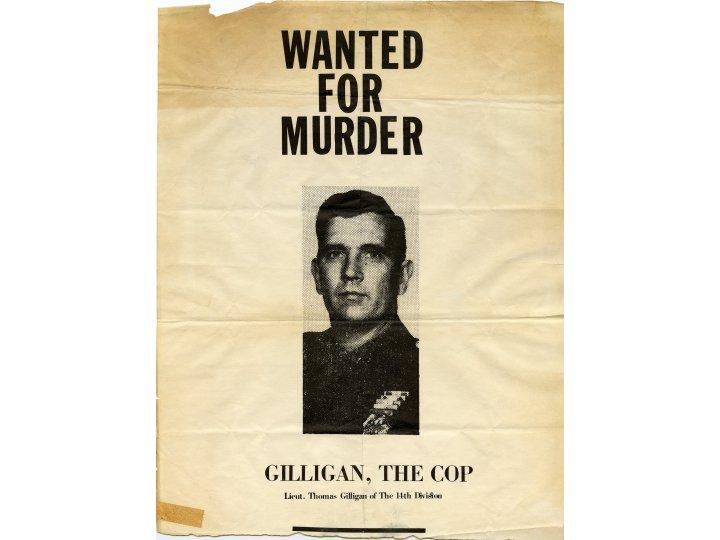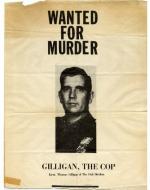Created by Sara Glacken on Wed, 11/10/2021 - 12:33
Description:
The neighborhood of Harlem in Manhattan, New York entered civil unrest after an African American teenager, James Powell was fatally shot by a white, off-duty police officer, Lieutenant Thomas Gilligan. This sparked the Harlem Race Riot of 1964, which lasted for six days from July 16, 1964 until July 22, 1964. James Powell was only fifteen at the time he was fatally shot by the veteran police officer across the street from his summer school. Some witnesses said that Powell charged the officer with a knife, while other witnesses said Powell did not have a knife to begin with. (Collins)
The Harlem Riot began only two weeks after the 1964 Civil Rights Act was signed by President Lyndon B. Johnson. This act made it illegal to discriminate based on race, sex, religion, or nationality. The Harlem Community viewed the death of James Powell as a needless example of police brutality. They wondered why the officer could not have arrested Powell without needing to use a deadly weapon. (Stultz)
The protests for the first two days, July 16, 1964 through July 18, 1964 were peaceful and these mostly took place in the Harlem Community. On July 18, 1964 people from the neighborhood of Harlem stormed to the Harlem Police Station to call for the resignation of Lieutenant Thomas Gilligan. Protesters began to throw bricks and bottles at officers guarding the police station. This caused tension to grow, and rioting began to spread to other neighborhoods. (Stultz)
The Harlem Riot of 1964 continued to be violent for each day following the original confrontation. Officers fired their guns without warning crowds each day. On July 22, 1964 over 1,000 rioters charged one highly trained Tactical Police Force where one person died and many people were injured. Thomas Gilligan went on trial and followed his story that Powell was holding a knife. The district attorney found Gilligan not guilty, and the charges were dropped against him.
This image of a poster with the headline, “Wanted for Murder” was carried by rioters in protest of the murder of James Powell. Enraged by this act, they called for the arrest of Lieutenant Gilligan. I think the language used at the bottom of the poster calling him, "Gilligan the Cop" was meant to degrade his role as a police officer as he committed an act of brutality against the community.
Covenant With Color | Brooklyn Public Library (bklynlibrary.org)
The Harlem Race Riot of 1964 • (blackpast.org)


